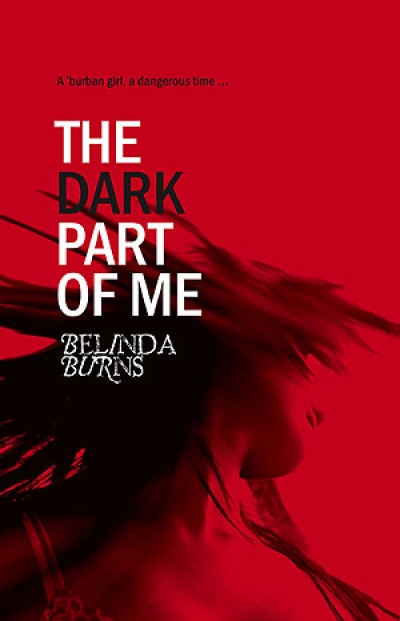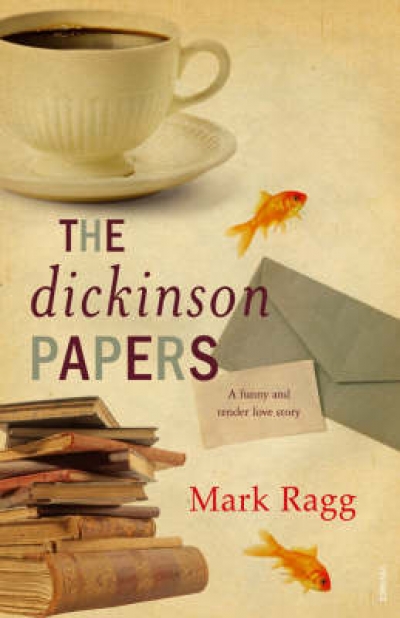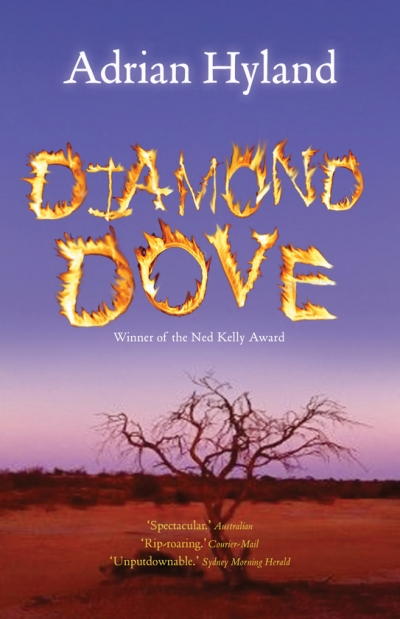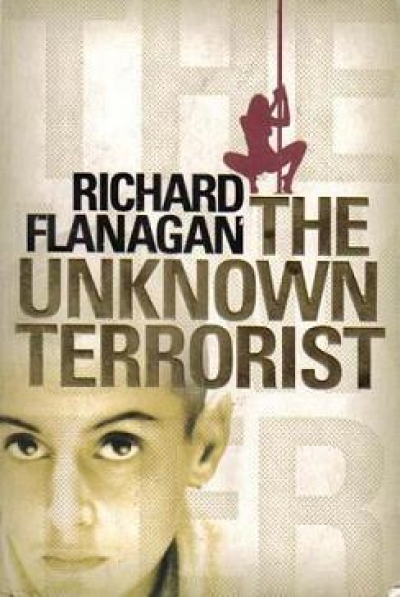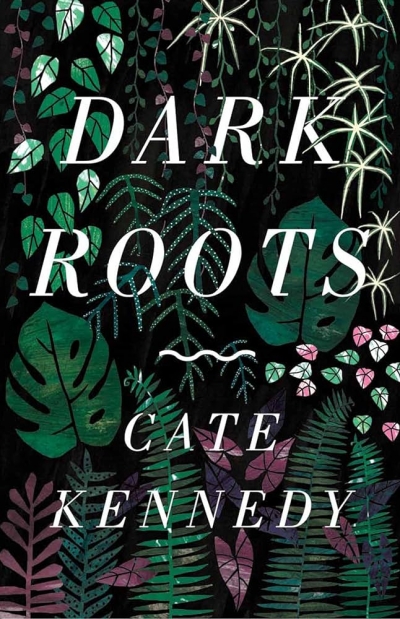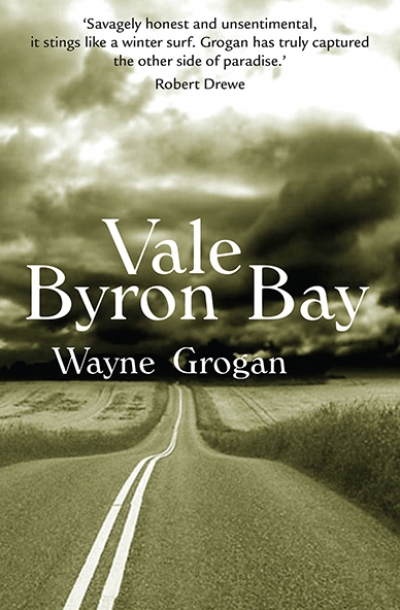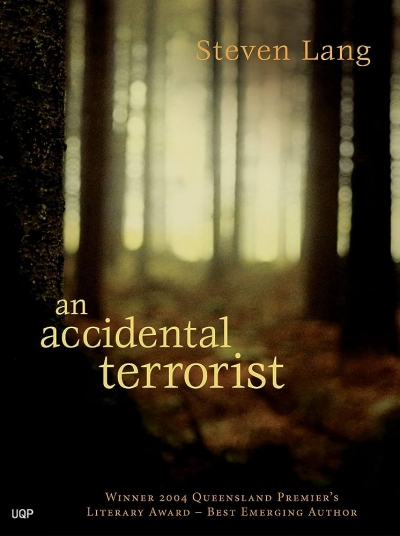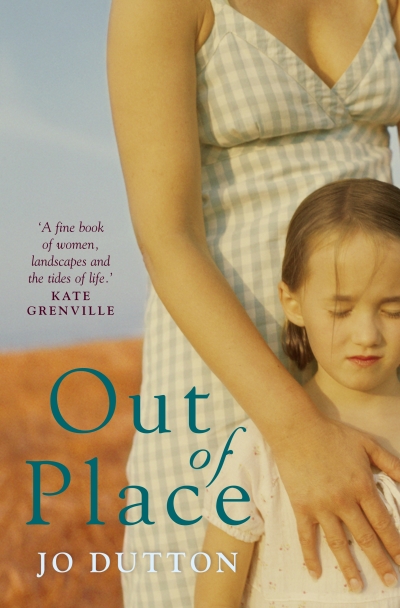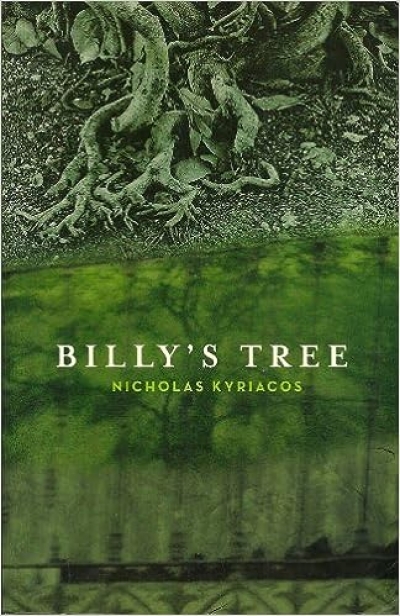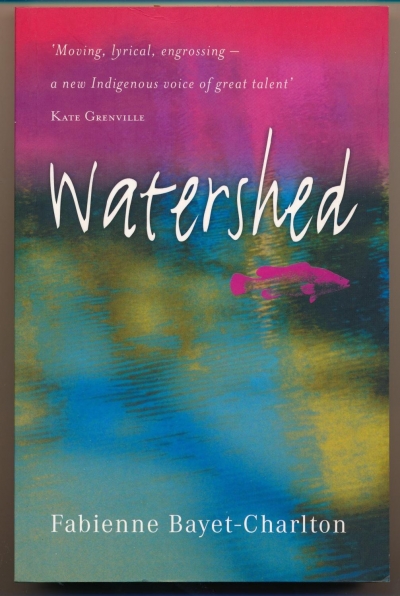Australian Fiction
The Dark Part of Me by Belinda Burns & The Pilo Family Circus by Will Elliott
by Maria Takolander •
Diamond Dove by Adrian Hyland & The Cobbler's Apprentice by Sandy McCutcheon
by Kabita Dhara •
Vale Byron Bay by Wayne Grogan & Tuvalu by Andrew O’Connor
by Owen Richardson •
Watershed by Fabienne Bayet-Charlton & Summer at Mount Hope by Rosalie Ham
by Maya Linden •

